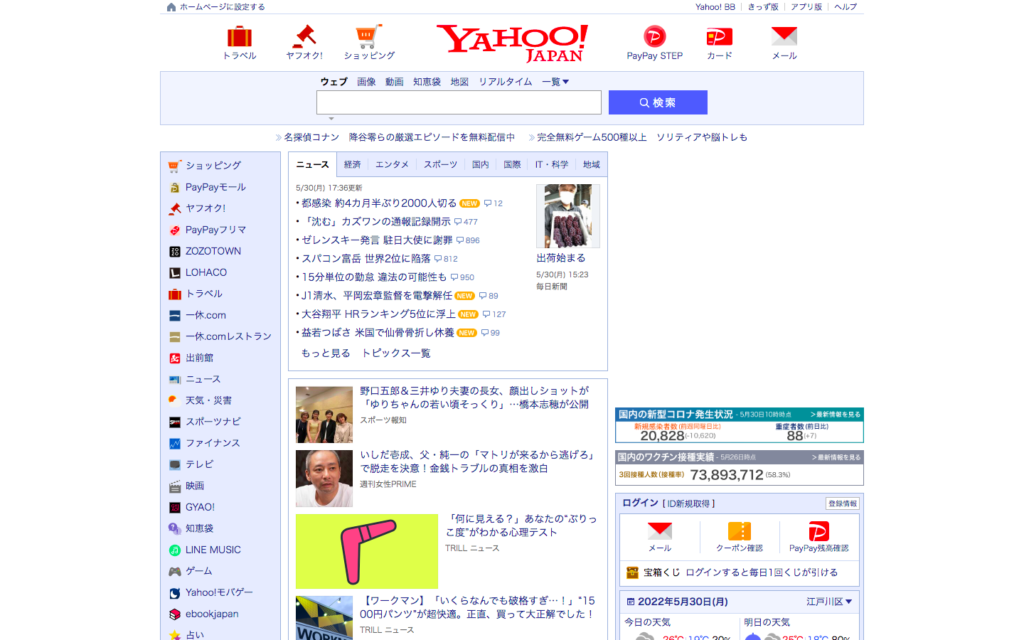
You’ve taken the first step towards expanding your business and seeing success in Japan. However, before moving forward, it is important to be aware of the traps and pitfalls of previous Japanese market entry strategies.
There have been many global brands that tried to enter Japan and failed. Some wait for many years and try again successfully, while others remain notably absent in the minds of Japanese consumers.
One of the many errors that a company can do is losing the trust of its consumer.
This is exactly what happened with Carrefour, which got caught up in scandals on food mislabeling and selling meat past its expiry date. This tarnished consumer trust.
Their difficulties were made worse by a lack of suitable locations due to the hypermarket nature of the store, whereas Japanese people were used to small neighborhood convenience stores.
Meanwhile, Uber tried to employ an American mentality to change regulations in Japan. This is favorable for Uber’s business model which relies on looser standards for licensing and safety. However, they overestimated the support they would receive when entering Japan, and they were viewed with great suspicion in challenging government and the law.

Even though they were highly competitive in Western markets, Apple and Vodafone initially struggled in their ventures into Japan because their offerings were somewhat lacking from existing Japanese options. While the iPhone was a revolution for mobile phone technology in the US, it was somewhat lacking when it entered Japan, and it wasn’t until the iPhone 3GS that Apple’s video and camera quality was sufficiently competitive.

On the other hand, in 2006 Vodafone announced its plan to sell all its shares in Vodafone Japan to Softbank. This came after marketing troubles where Vodafone-sold mobile phones were far behind contemporary Japanese technological expectations. Furthermore, the company couldn’t develop its 3G infrastructure fast enough, leaving customers frustrated with their products.
Without a unique feature that distinguishes you from your Japanese counterparts, it can be very difficult to compete. You can not rely on name recognition alone. As one Starbucks Japan director, Norio Adachi said, you need “respect for the culture of the local community”.
Yahoo saw a challenge from Google when Yahoo! was already a very Japanese company. Tech analyst Nobuyuki Hayashi described the difference as Yahoo! being a “Japanese company… [that] understand[s] how the Japanese mindset and business work”, whereas Google was a “foreigner who’s learned to speak some Japanese”.
A company needs to cater to the interests of Japanese consumers and offer something more than what they can just get from a more trustworthy local source.
This was one issue with Wendy’s first attempt in Japan. It was marred by an over-saturated fast-food burger market in Japan. However, since leaving in 2009, the company has made a successful return.

The previous e-commerce titan website, eBay, was shut down in 2004 after four years as a result of rigid strategies and purchasing options. At the time, it was not common practice in Japan to enter credit card information online to make a purchase, and experts suggest that a cash-on-delivery option would have been far more popular.
Similarly, Walmart’s American approach of ‘every day low prices’ did not resonate in Japan, as low prices are typically associated with low quality so customers were hesitant to shop at Walmart.

Differently, Microsoft’s Xbox has never been able to seriously cut through the Japanese gaming market, due to a perception from publishers and the public that it is a console designed for Americans and is simply made available in Japan.
Its founder Bill Gates’s first keynote speech in Japan was unpopular with many due to its ‘sales pitch’ style when the Japanese audience expected more talk of the industry as a whole. Since Microsoft was seen more as a PC brand, when Japanese gamers overwhelmingly preferred consoles, the brand has seen little success in Japan.
IKEA’s first attempt in the Japanese market is very similar to the points made so far. They expected success without sufficiently adapting to Japanese specific needs.
However, the CEO of IKEA Japan Lars Petersson had very interesting comments on the challenges companies face when entering Japan. He suggested that the difficulties are no greater than trying to adapt to other markets like North America or Europe. Petersson said, “there are difficulties in Japan, but there are difficulties in Russia, there are difficulties in Poland…”
With proper research into the market they planned to enter, the company has successfully returned after a 32-year hiatus. The challenges of Japan can at times be exaggerated but they are no greater than entering any other new market.

Often it takes multiple attempts and learning from mistakes to see how to improve, and success shouldn’t be expected instantly but can be very rewarding in the long term.
These are just existing examples of missteps in Japan. By the time you decide to give Japan a chance, the challenges may have changed. But don’t be afraid! With your hard work and careful research, your company can expect to enjoy great success in Japan.

